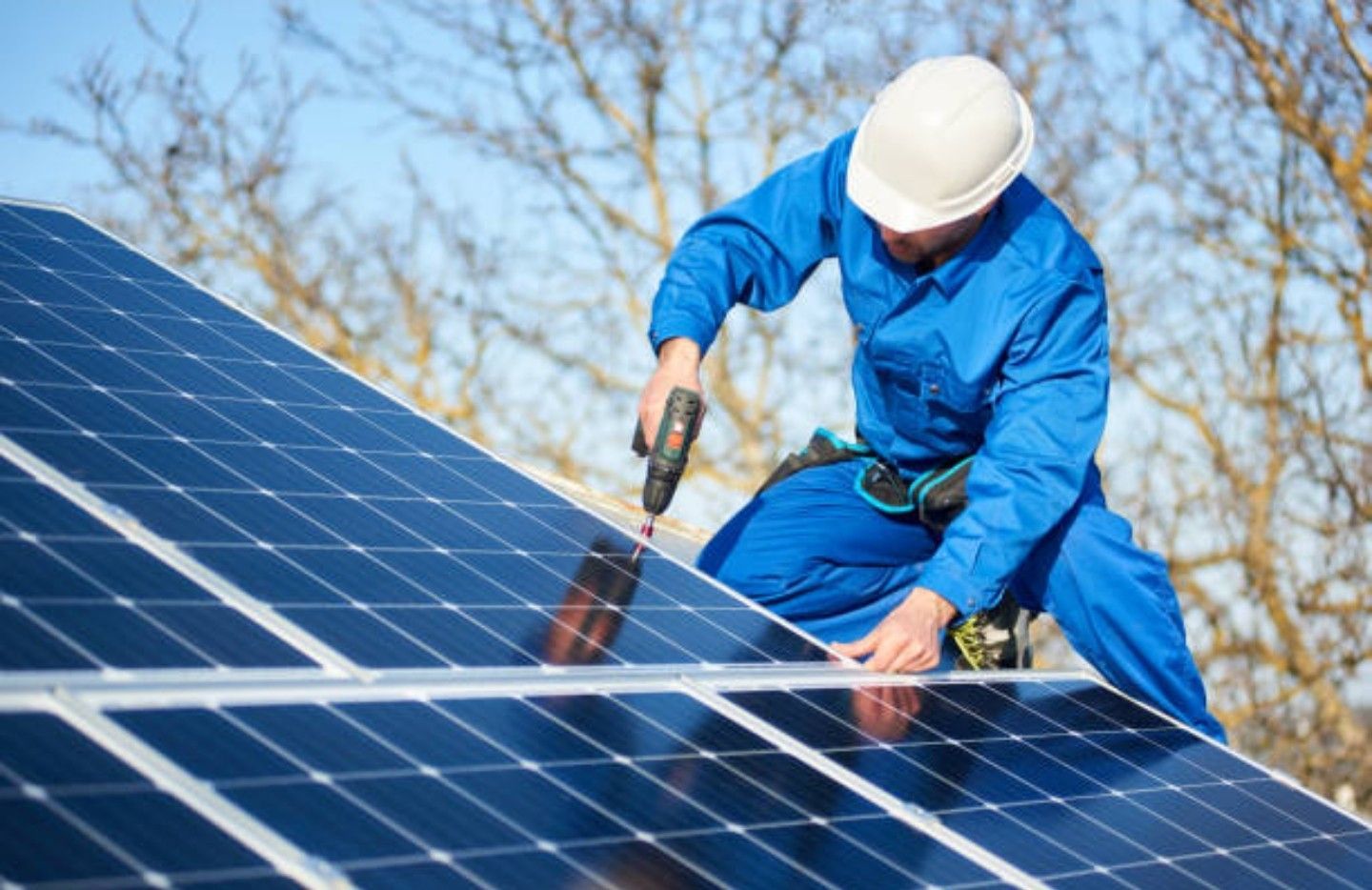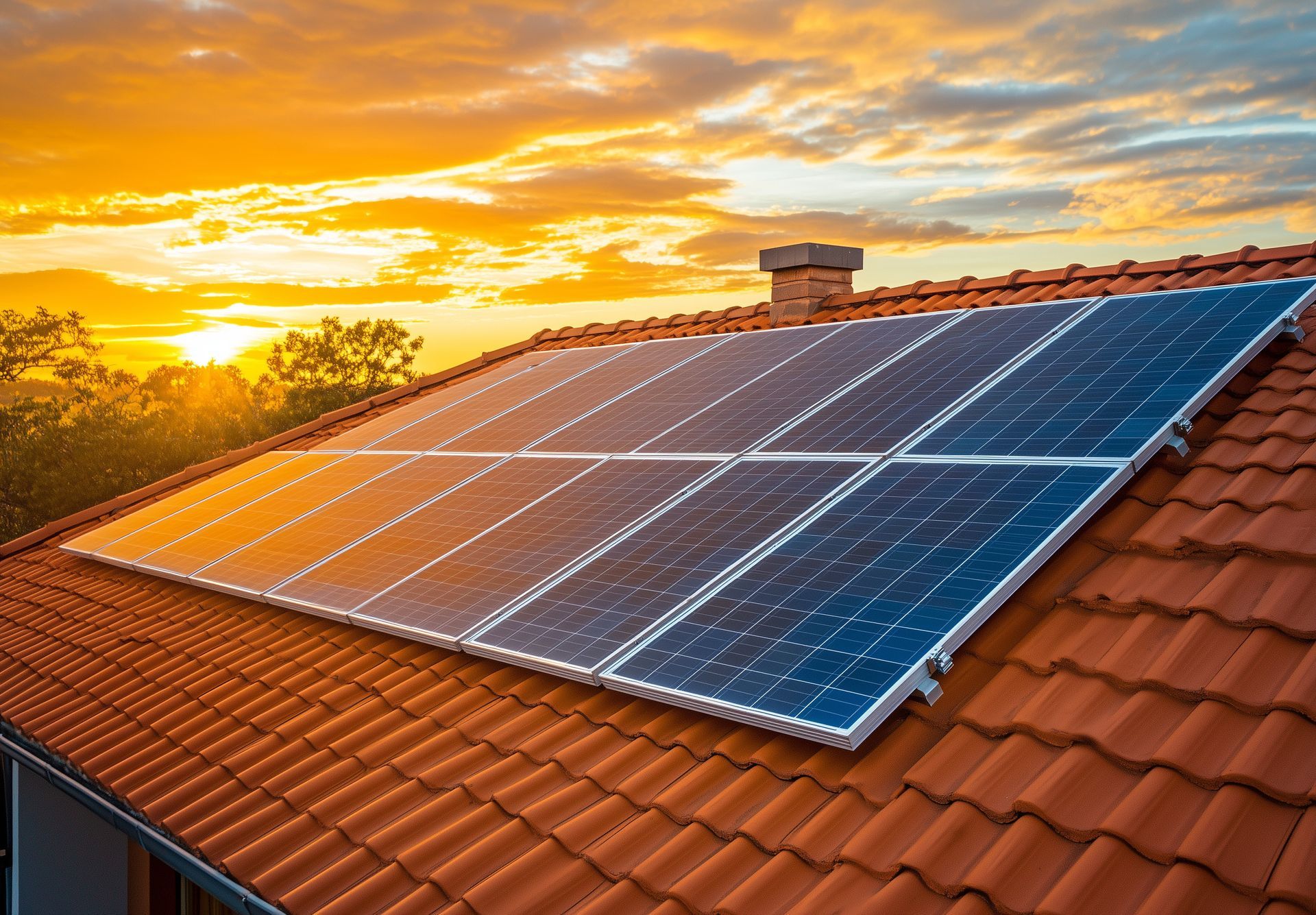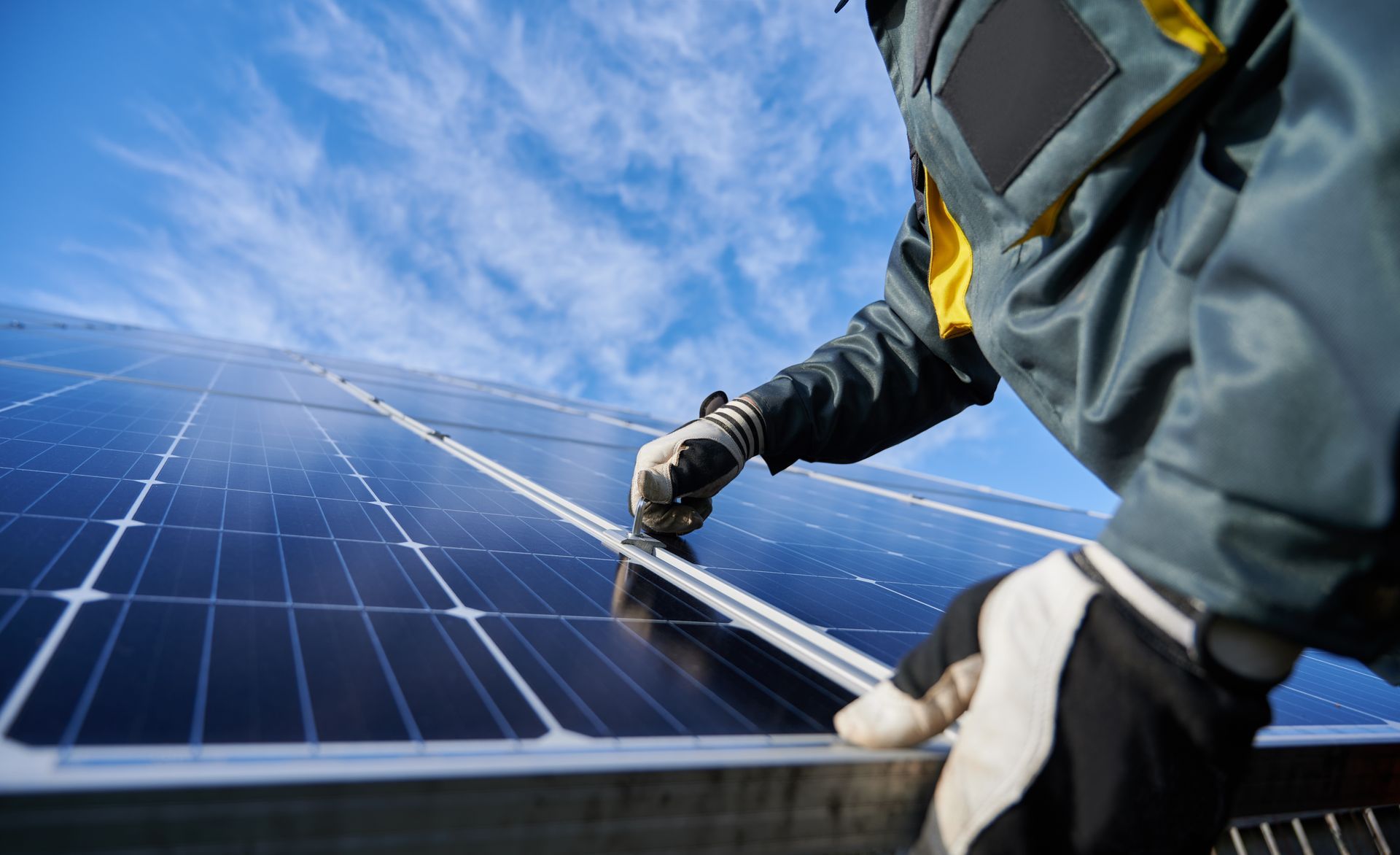The Environmental Benefits of Going Solar in Montana
Contact Us
We will get back to you as soon as possible.
Please try again later.
Benefits for going solar MT

As more Montana homeowners consider switching to Montana solar energy, many are motivated not just by financial savings but also by the positive impact that solar power has on the environment. Traditional energy sources like coal and natural gas contribute significantly to pollution, greenhouse gas emissions, and climate change. In contrast, solar energy provides a clean, renewable, and sustainable solution that helps protect Montana’s natural landscapes and wildlife while reducing the state’s overall carbon footprint.
With its vast open spaces, clean mountain air, and reliance on natural resources, Montana is an ideal state to embrace MT solar energy. The switch to solar benefits both individual homeowners and the state’s environment as a whole. From lowering carbon emissions to reducing reliance on fossil fuels, solar power plays a crucial role in creating a cleaner, more sustainable Montana for future generations.
Reducing Carbon Emissions and Air Pollution
One of the most significant environmental benefits of solar energy is its ability to reduce greenhouse gas emissions. When fossil fuels like coal, oil, and natural gas are burned to generate electricity, they release carbon dioxide (CO₂) and other harmful pollutants into the atmosphere. These emissions contribute to climate change by trapping heat and altering weather patterns.
Montana has traditionally relied on coal-fired power plants for much of its electricity. While this has provided a steady power source, it has also led to high carbon emissions and air pollution. Solar energy offers a clean alternative by generating electricity without emitting CO₂ or other harmful pollutants. By installing solar panels in MT, homeowners and businesses can significantly reduce their contribution to climate change while improving air quality in Montana.
Cleaner air benefits everyone. Reducing pollution levels leads to fewer respiratory illnesses, lower healthcare costs, and a healthier environment. By transitioning to solar power, Montana can move away from carbon-intensive energy sources and embrace a cleaner future.
Preserving Montana’s Natural Resources
Montana’s breathtaking landscapes, from the Rocky Mountains to the vast prairies, are home to diverse ecosystems and abundant wildlife. The state’s rivers and lakes provide drinking water for communities and support local agriculture, while forests and grasslands sustain native species and outdoor recreation. However, traditional energy production takes a toll on these resources.
Fossil fuel extraction, including coal mining and natural gas drilling, disrupts ecosystems, contaminates water sources, and leads to deforestation. Burning fossil fuels also requires large amounts of water for cooling power plants, contributing to water scarcity issues.
Solar energy, on the other hand, requires no water to generate electricity and does not disrupt natural habitats. By reducing dependence on fossil fuels, Montana can help preserve its clean water, protect wildlife habitats, and minimize the environmental damage caused by energy production. This is especially important for a state that values outdoor recreation, hunting, fishing, and conservation.
Decreasing Reliance on Fossil Fuels
Montana has historically depended on fossil fuels for energy production, but this dependency comes with environmental and economic challenges. Not only do fossil fuels contribute to pollution and climate change, but they are also a finite resource. As demand for energy increases, reliance on non-renewable sources becomes less sustainable.
Transitioning to solar power helps Montana decrease its dependence on fossil fuels while increasing energy independence. Unlike coal, oil, or gas, solar energy is an abundant and renewable resource. The sun provides more than enough energy to power homes, businesses, and even entire cities without the risk of depletion.
Generating electricity from the sun also reduces the need for costly energy imports. Instead of relying on out-of-state energy sources, Montana can harness its own natural sunlight to produce clean, local power. This shift benefits both the environment and the state’s economy by keeping energy production within Montana.
Reducing Land and Water Pollution
Coal and oil production generate significant amounts of waste, including toxic chemicals, heavy metals, and ash that contaminate land and water. When fossil fuels are burned for electricity, pollutants like sulfur dioxide, nitrogen oxides, and mercury are released into the air and eventually settle into rivers, lakes, and soil. These pollutants contribute to acid rain, water contamination, and long-term damage to ecosystems.
Solar energy eliminates these risks by producing electricity without releasing harmful byproducts into the environment. Solar panels do not create waste or contribute to land and water pollution, making them one of the most environmentally friendly energy solutions available.
Additionally, solar panels have a long lifespan, typically lasting 25 to 30 years or more. At the end of their lifespan, many solar panel components can be recycled, further reducing environmental impact. With ongoing advancements in solar technology, the industry is continuously improving panel efficiency and recyclability, making solar energy an even more sustainable choice for Montana homeowners.
Mitigating the Impact of Climate Change
Montana has already begun to experience the effects of climate change, with rising temperatures, more frequent wildfires, and changing precipitation patterns affecting agriculture, wildlife, and water availability. While these changes pose challenges, reducing carbon emissions through renewable energy can help slow the progression of climate change and mitigate its impact on the state.
Switching to solar energy allows homeowners and businesses to take direct action in combating climate change. Every home that adopts solar reduces the demand for fossil fuel-generated electricity, cutting emissions and promoting a cleaner atmosphere. As more Montanans embrace solar power, the cumulative effect will contribute to a more stable climate and a healthier environment for future generations.
Enhancing Energy Efficiency and Sustainability
Solar energy not only reduces reliance on fossil fuels but also encourages more sustainable energy practices. Many homeowners who install solar panels become more conscious of their energy consumption and take additional steps to improve energy efficiency. This might include upgrading to energy-efficient appliances, improving home insulation, and adopting smart energy management systems.
By combining solar power with other energy-efficient measures, Montana homeowners can maximize their environmental impact while minimizing their utility bills. Many solar panel systems can be paired with battery storage solutions, allowing homes to store excess energy for use at night or during power outages. This further reduces reliance on the electrical grid and enhances overall sustainability.
Supporting Montana’s Renewable Energy Economy
Investing in solar energy supports Montana’s growing renewable energy industry, creating jobs and stimulating economic growth. The solar sector has already become one of the fastest-growing industries in the United States, providing employment opportunities in installation, manufacturing, and maintenance.
As demand for solar energy continues to rise, Montana has the potential to expand its clean energy sector, attracting new businesses and investment. By prioritizing solar power, the state can position itself as a leader in renewable energy while benefiting from economic development and job creation.
The Future of Solar Energy in Montana
The shift toward solar energy is already underway in Montana, with more homeowners, businesses, and communities recognizing the environmental and economic benefits of solar power. Advances in solar technology continue to improve efficiency and affordability, making it easier than ever for residents to make the switch.
With federal and state incentives available, including the solar investment tax credit, Montana homeowners can take advantage of financial support to offset the initial cost of installation. As solar adoption increases, Montana moves closer to a cleaner, more sustainable energy future.
Conclusion
Solar energy offers a powerful solution to Montana’s environmental challenges by reducing pollution, preserving natural resources, and decreasing reliance on fossil fuels. With its clean energy production, minimal impact on land and water, and ability to combat climate change, solar power is an investment in both the present and future of Montana.
By making the switch to solar, homeowners contribute to a healthier environment, lower their energy costs, and support the growth of renewable energy in the state. As Montana continues to embrace solar power, the long-term benefits will extend to individuals, communities, and the natural landscapes that make this state unique.
If you’re interested in exploring solar energy for your home, Ellingson Solar is here to help. Contact us today for a consultation and learn how you can be part of Montana’s clean energy movement.
Contact Ellingson Solar today! Upgrade your home with solar and start saving today! Inquire for free quotes & financing options.
Contact Us
We will get back to you as soon as possible.
Please try again later.

